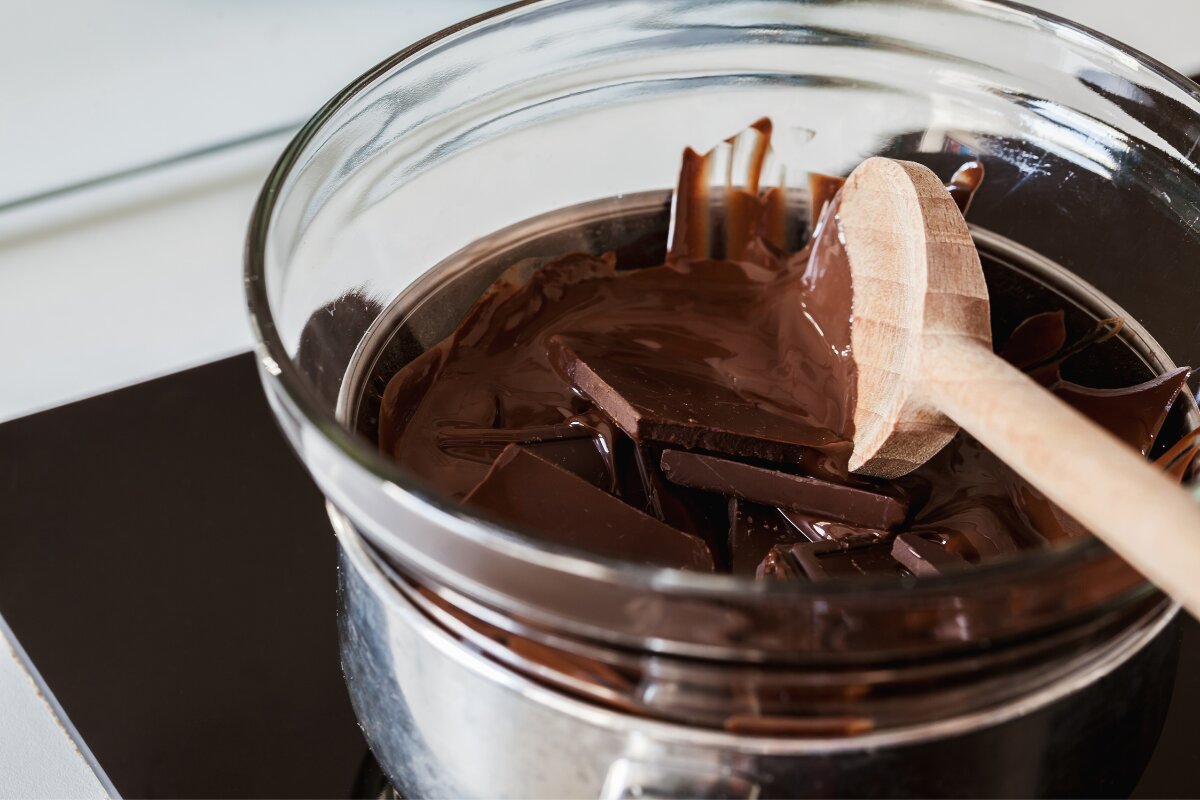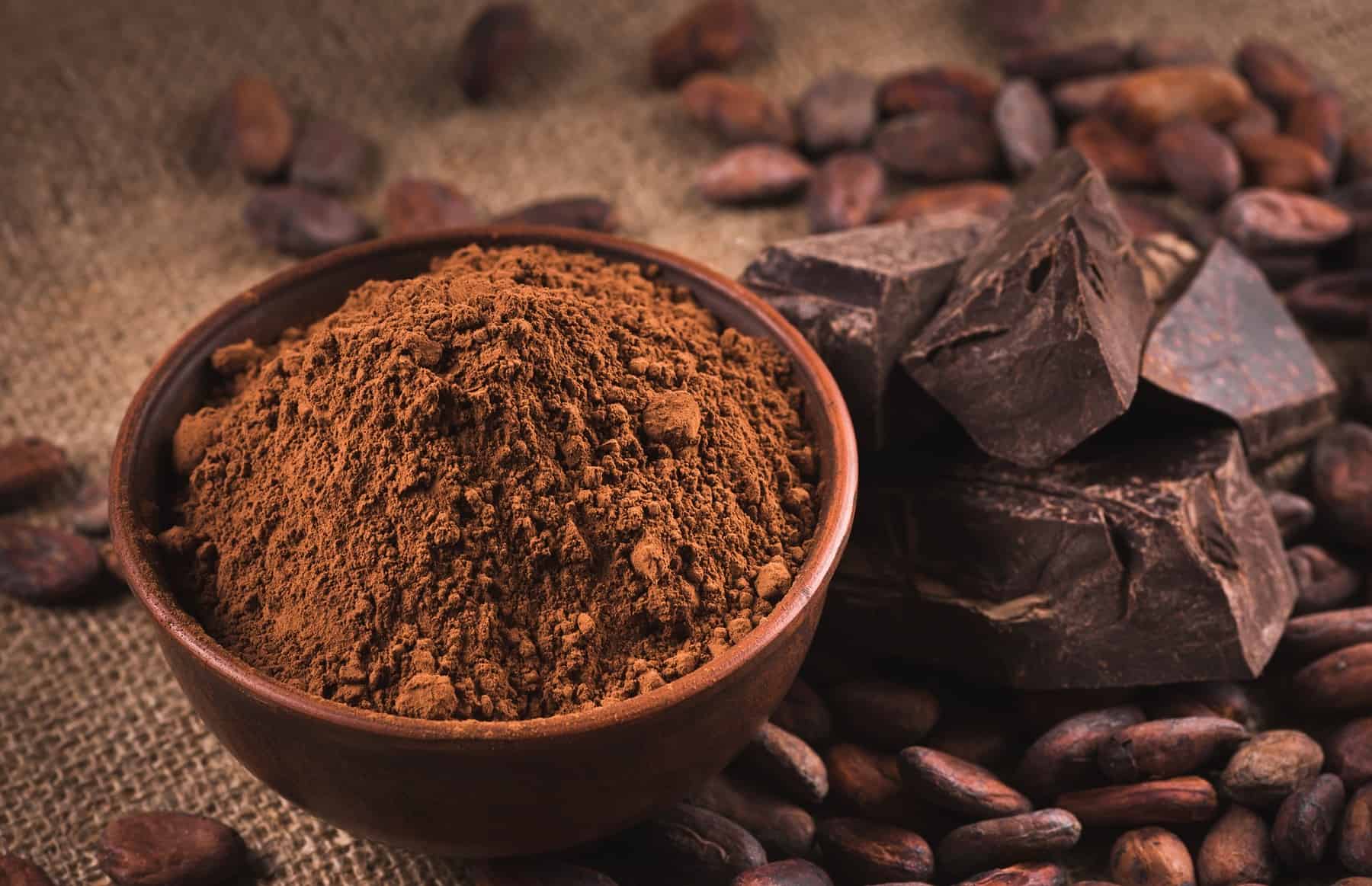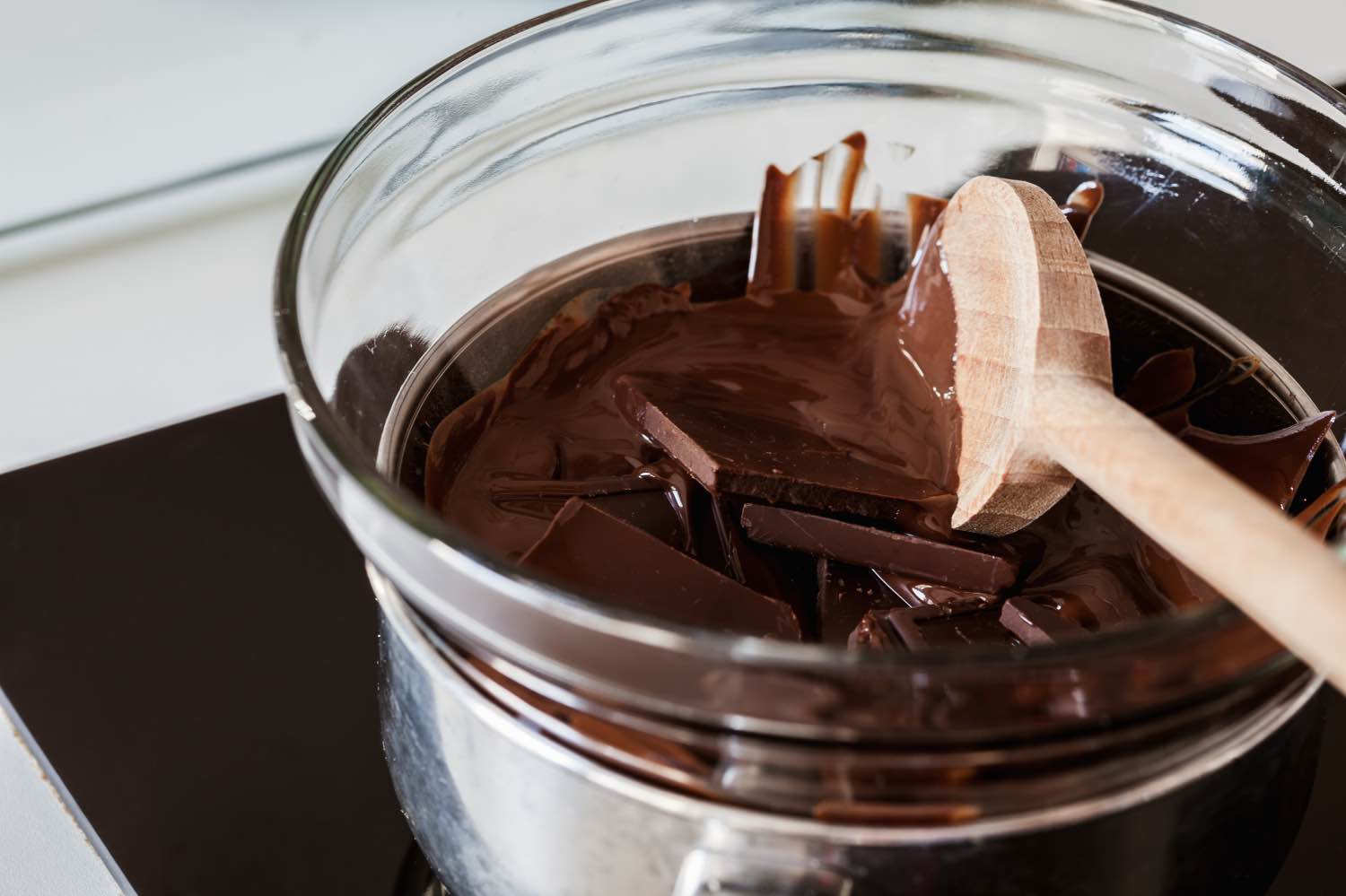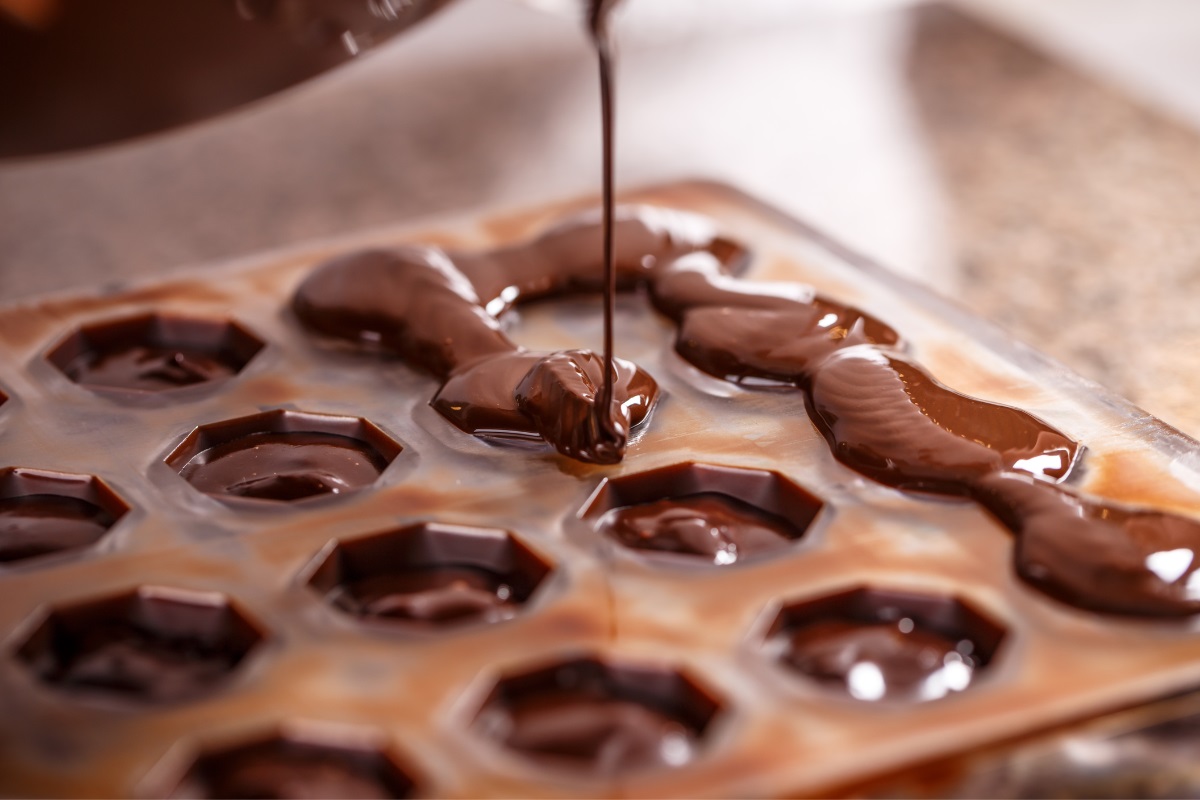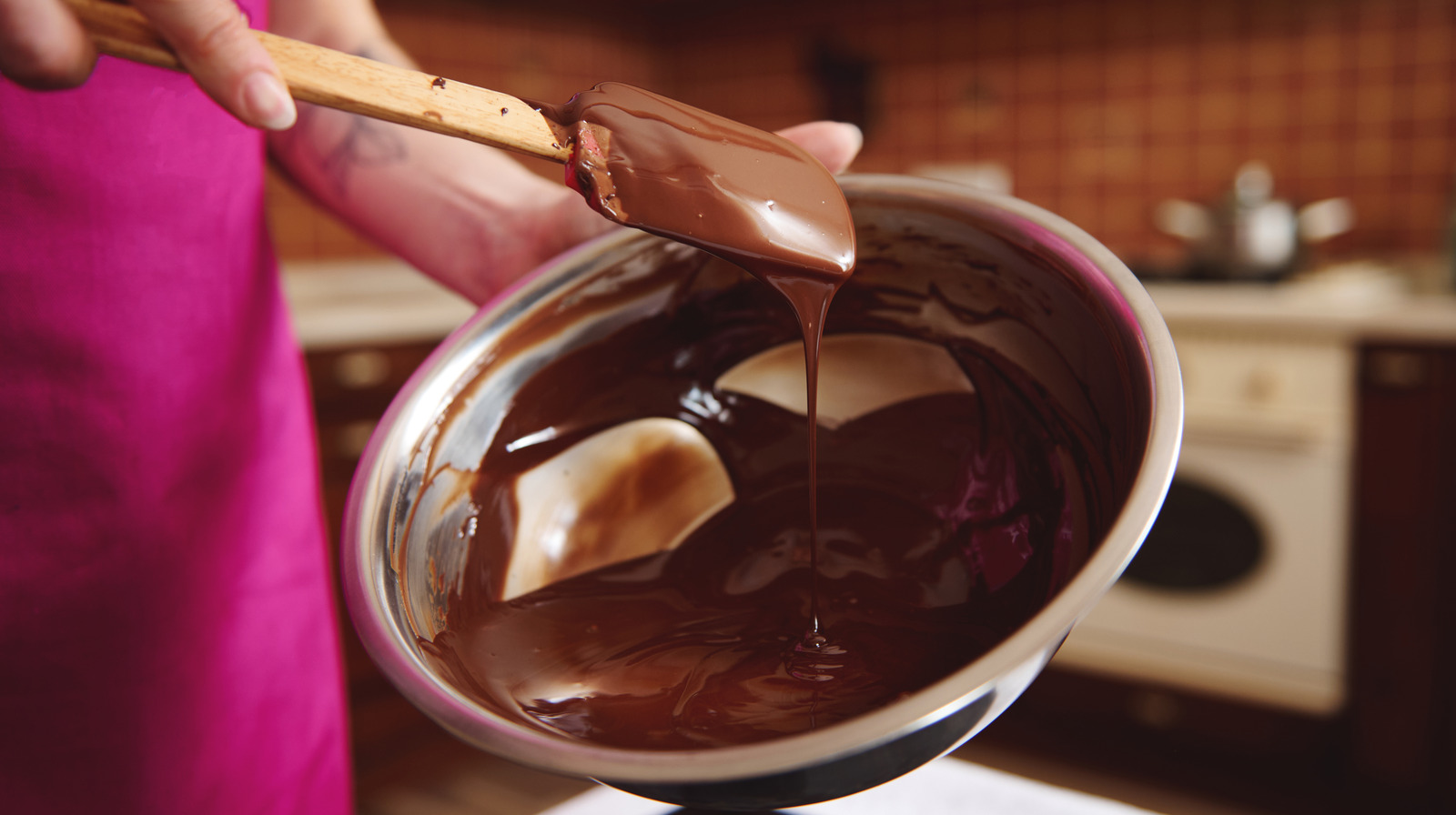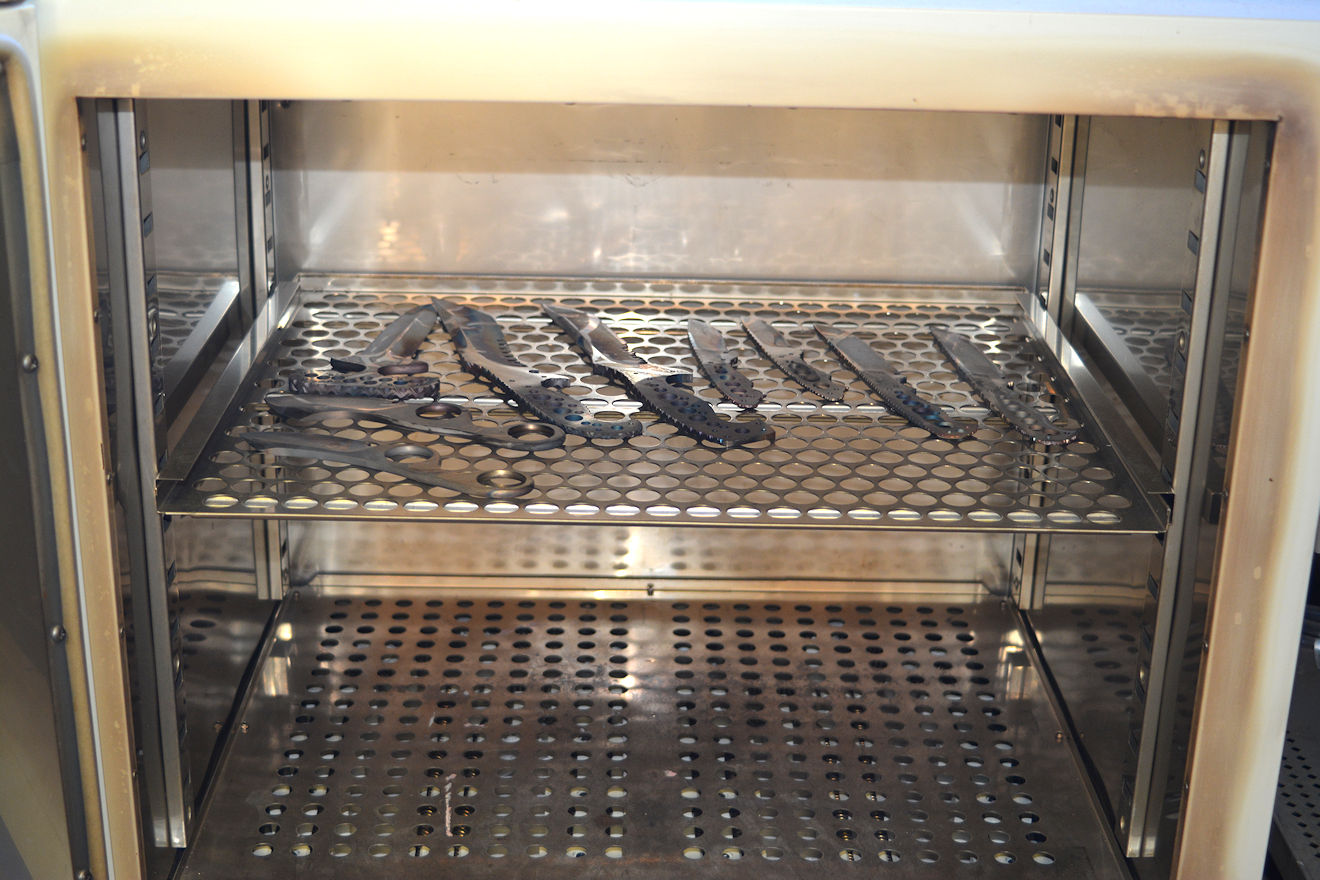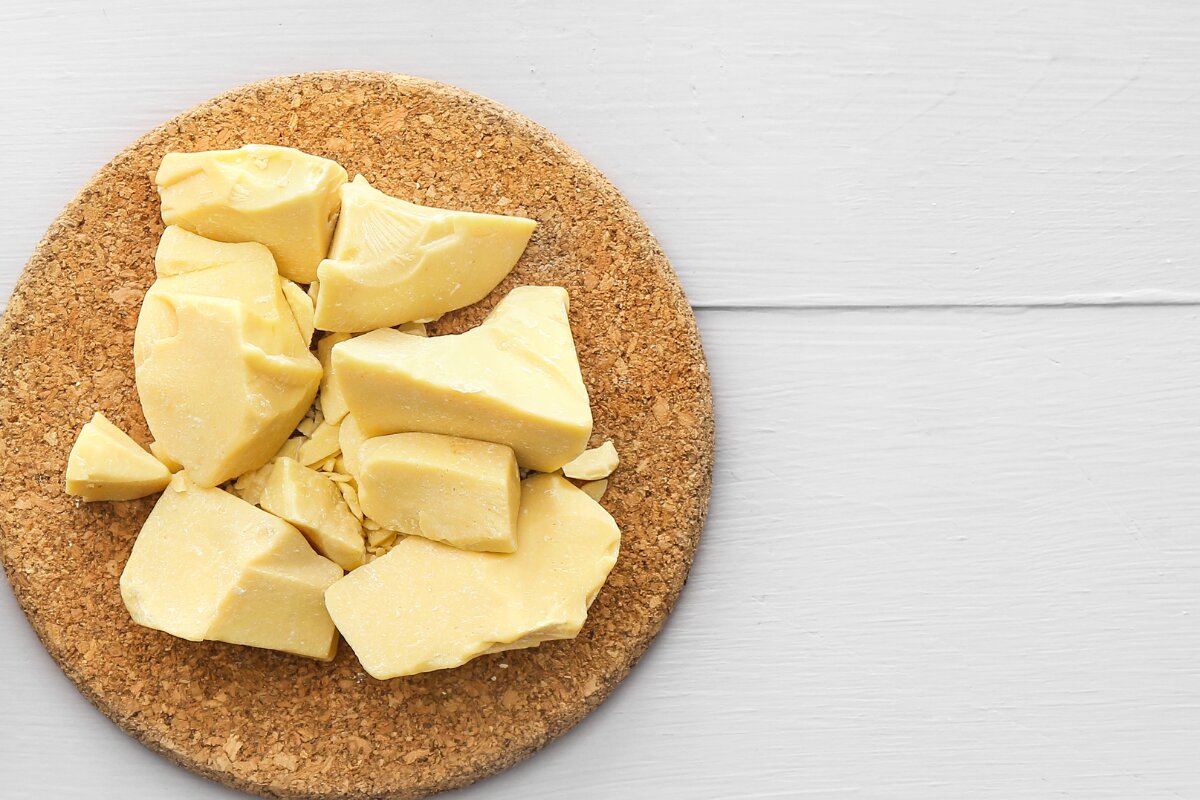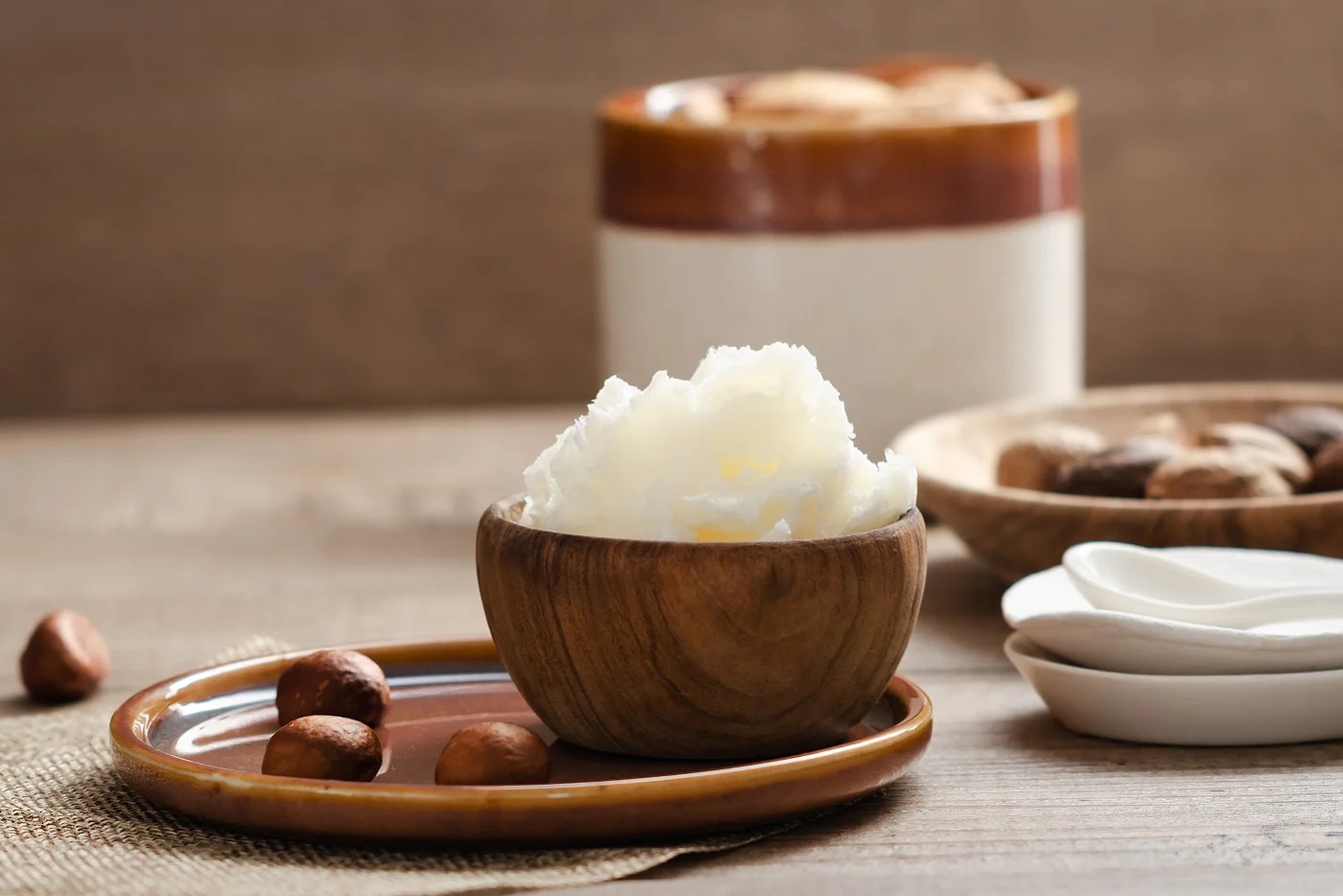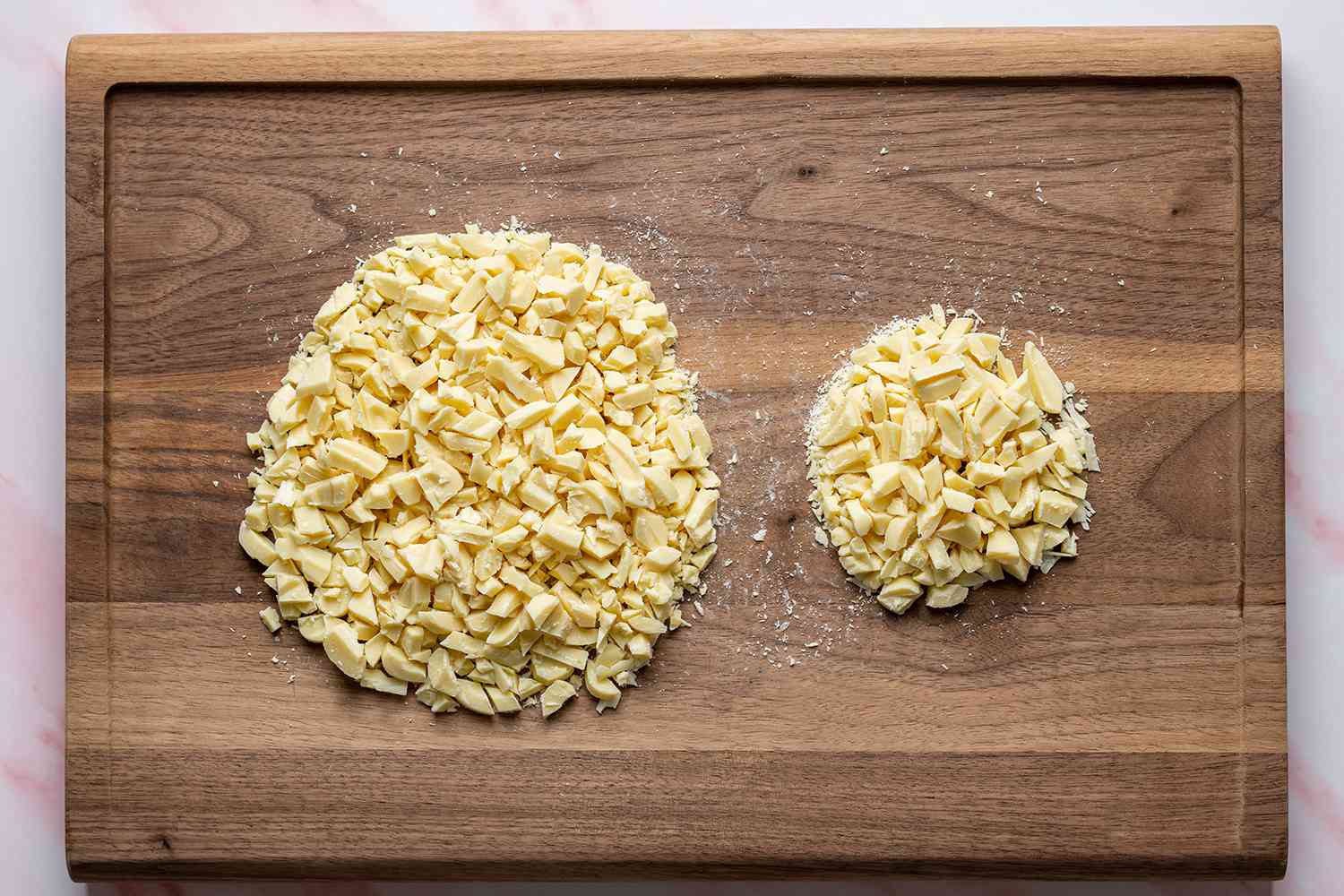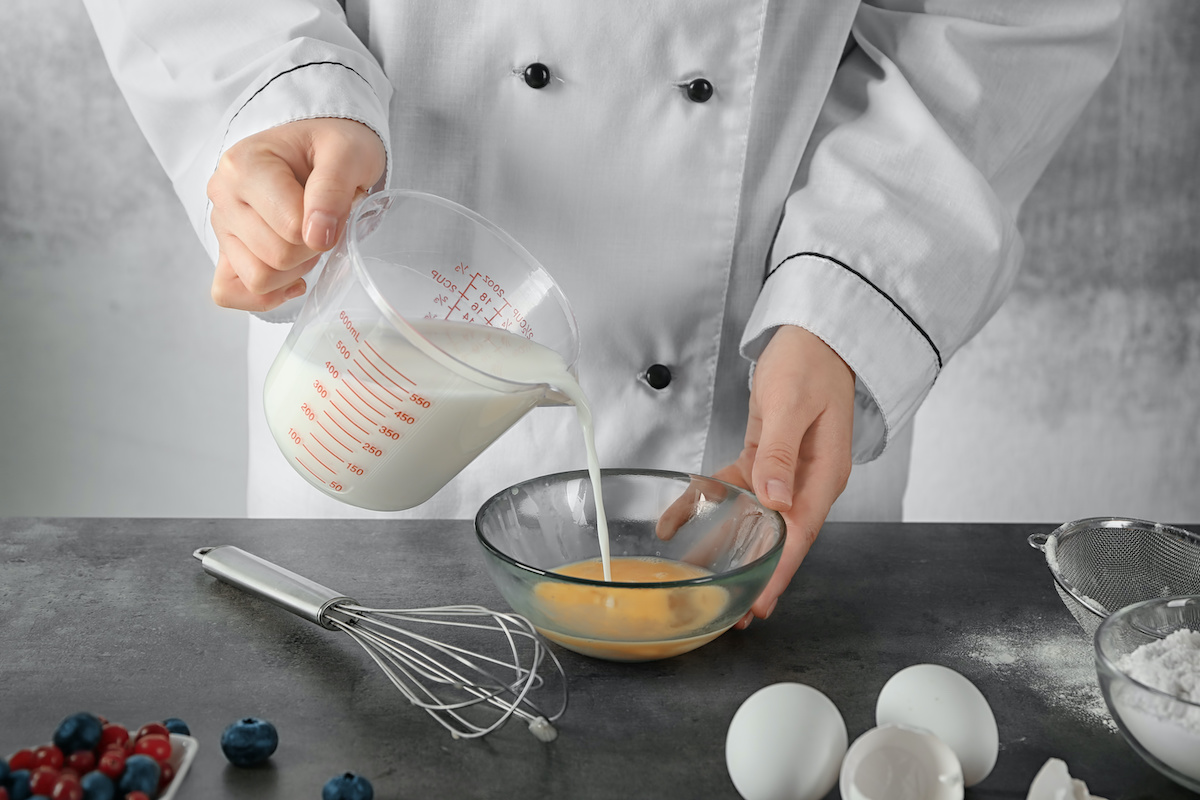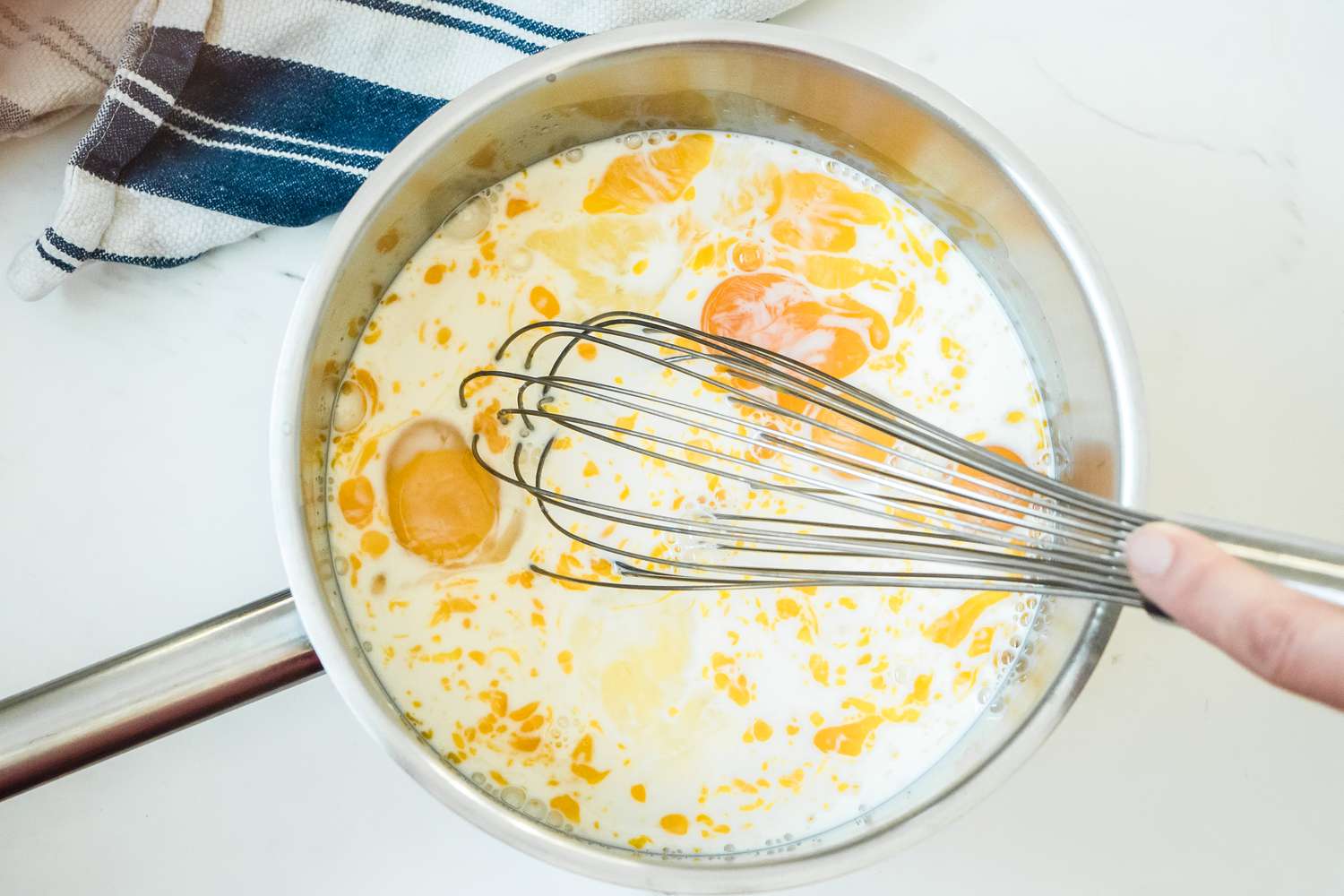Mastering the Art of Tempering Chocolate on Marble
There’s something undeniably luxurious about perfectly tempered chocolate. The glossy sheen, satisfying snap, and smooth texture all contribute to a truly indulgent experience. While tempering chocolate may seem like a daunting task, it’s a skill that can be mastered with the right techniques and a bit of practice. One popular method for tempering chocolate involves using a marble surface to achieve the desired results.
Why Marble?
Marble is an excellent material for tempering chocolate due to its ability to maintain a consistent temperature. When working with chocolate, it’s crucial to control the temperature to ensure that the cocoa butter crystallizes properly. Marble’s natural coolness helps to rapidly cool the chocolate, promoting the formation of stable crystals and giving the finished product its characteristic shine and snap.
The Process
Tempering chocolate on marble involves a series of precise steps to achieve the desired results. Here’s a simple guide to help you master the art of tempering chocolate on marble:
- Prepare your workspace: Ensure that your marble surface is clean and dry before starting the tempering process. It’s also helpful to have a bowl of tempered chocolate ready to use as a seed.
- Begin with high-quality chocolate: Use couverture or high-quality chocolate for the best results. Chop the chocolate into small, uniform pieces to promote even melting.
- Melt the chocolate: Place two-thirds of the chocolate in a heatproof bowl and set it over a pot of simmering water. Stir the chocolate gently and consistently until it reaches the desired temperature:
- Dark chocolate: 45-50°C (113-122°F)
- Milk chocolate: 40-45°C (104-113°F)
- White chocolate: 40-45°C (104-113°F)
- Cool the chocolate: Once the chocolate reaches the proper temperature, remove it from the heat and place the bowl on the marble surface. Use a spatula to spread and agitate the chocolate, allowing it to cool gradually. Continuously check the temperature until it reaches:
- Dark chocolate: 27-28°C (80.6-82.4°F)
- Milk chocolate: 26-27°C (78.8-80.6°F)
- White chocolate: 26-27°C (78.8-80.6°F)
- Reheat the chocolate: Once the chocolate has cooled to the desired temperature, return it to the heat and warm it gently to:
- Dark chocolate: 31-32°C (87.8-89.6°F)
- Milk chocolate: 29-30°C (84.2-86°F)
- White chocolate: 29-30°C (84.2-86°F)
- Test the temper: To ensure that the chocolate is properly tempered, spread a small amount on a piece of parchment paper and allow it to set for a few minutes. If it sets with a glossy finish and firm texture, it’s ready to use.
Tips for Success
Tempering chocolate on marble requires precision and attention to detail. Here are some additional tips to help you achieve perfect results:
- Use a thermometer: Monitoring the temperature of the chocolate is crucial for successful tempering. Invest in a reliable chocolate thermometer to ensure accuracy.
- Work efficiently: Chocolate can set quickly, so it’s important to work efficiently once it reaches the desired temperature. Have your molds or dipping items ready to go to avoid any delays.
- Practice patience: Achieving the perfect temper takes time and practice. Don’t be discouraged if your first attempt isn’t flawless – embrace the learning process and keep refining your technique.
With a bit of practice and the right techniques, you can master the art of tempering chocolate on marble. The reward of perfectly tempered chocolate is well worth the effort, and your creations are sure to impress with their professional finish and exceptional flavor.
For anyone eager to test their newly acquired chocolate tempering skills on marble, there are plenty of delicious recipes to try. Chocolate-Covered Pretzels and Chocolate-Dipped Strawberries are a great starting point, combining simplicity with a touch of elegance. For a nutty twist, Chocolate-Covered Almonds and Chocolate Bark with Nuts and Dried Fruits offer delightful crunch and flavor. Those with a penchant for cookies might enjoy making Chocolate-Dipped Biscotti or Chocolate-Dipped Shortbread Cookies, which are perfect for dunking in coffee or tea. For more adventurous bakers, Chocolate-Covered Cake Pops and Chocolate Truffles present a fun challenge with their intricate designs and rich taste. Whether you're dipping, covering, or drizzling, these recipes are sure to impress and satisfy any chocolate lover.
